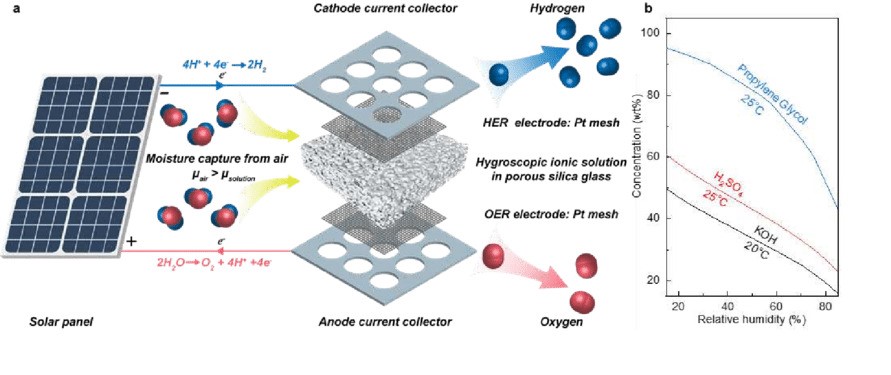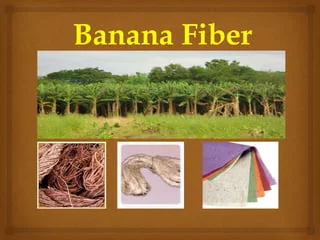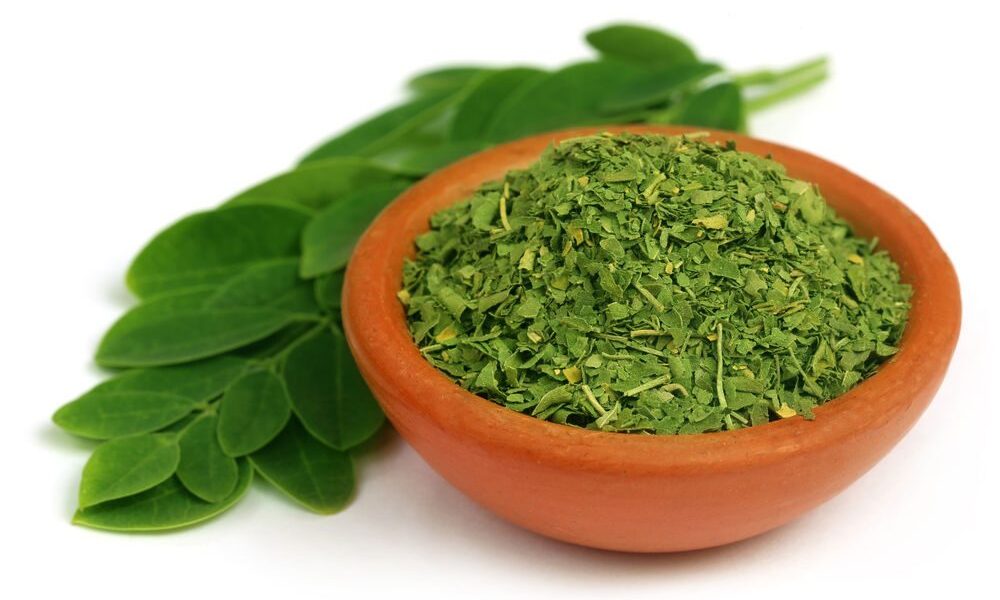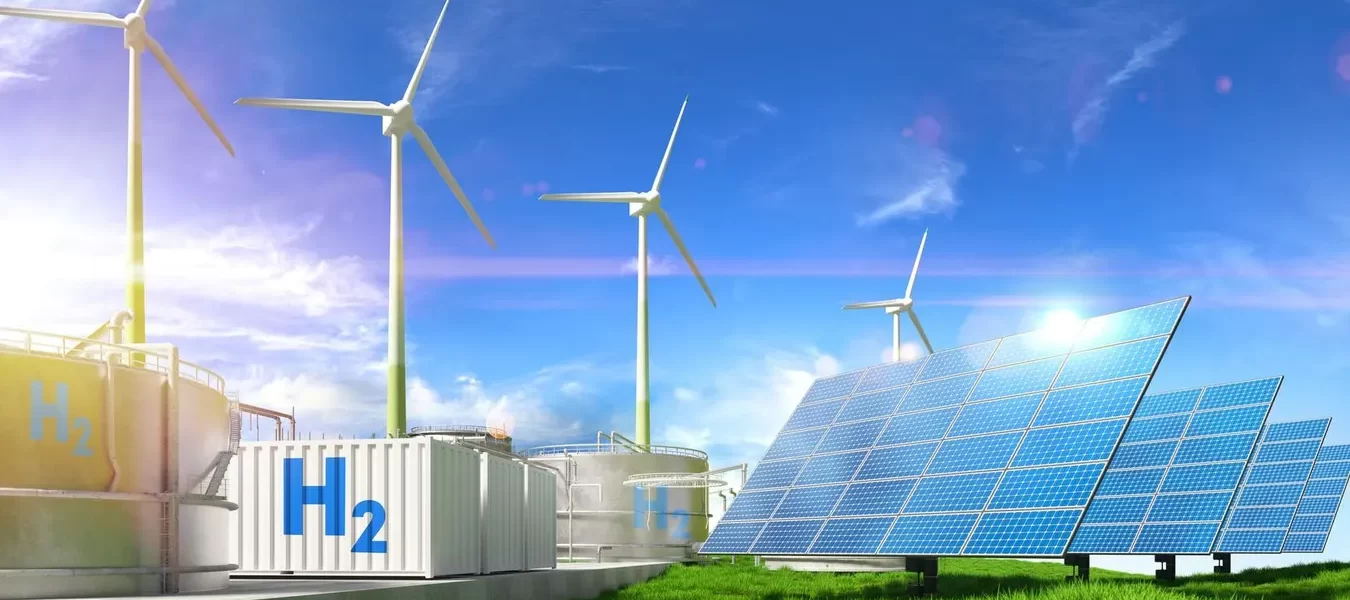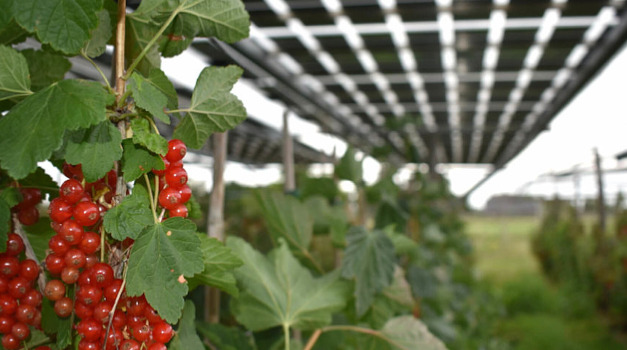A Revolutionary Technology Turning Thin Air into Clean Fuel
Producing Hydrogen Direct from the Air – How this technology works, why it is important, and how to implement it – Solar Powered Direct Air Electrolyzer: A Novel Way to Produce Green Hydrogen from Air
Prof. Aécio D’Silva, Ph.D
Producing Hydrogen Direct from the Air – Hydrogen is a clean and versatile energy carrier that can be used for various applications, such as transportation, electricity, and industry. However, most of the hydrogen produced today comes from fossil fuels, which emit greenhouse gases and contribute to climate change. To produce hydrogen in a sustainable and environmentally friendly way, we need to use renewable energy sources, such as solar power, and water as the raw material. However, water is a scarce and precious resource, especially in arid and semi-arid regions, where solar energy is abundant, but water is not. Is there a way to produce hydrogen from solar power without using water? The answer is yes, thanks to a novel technology called solar-powered direct air electrolyzer (DAE).
Author: Amds
How to Process Moringa Leaves into Powder
A simple and easy way to make your own moringa powder at home
Prof. Aécio D’Silva, Ph.D
Moringa powder is a nutritious and versatile superfood that can be added to smoothies, soups, salads, and more. Learn how to process moringa leaves into powder with this step-by-step guide.
Moringa is a fast-growing tree that is native to Africa and Asia. It has been used for centuries as a source of food, medicine, and animal feed. Moringa leaves are especially rich in protein, vitamins, minerals, antioxidants, and anti-inflammatory compounds. Moringa powder is made from dried and ground moringa leaves, and it can be stored for a long time without losing its nutritional value.
Read moreStep by step How to make Banana Fiber to produce fabric: Everything You Need To Know
A guide to the process and benefits of making banana fiber fabric from banana tree waste
Prof. Aécio D’Silva, Ph.D
Banana fiber fabric is a natural, biodegradable, and sustainable textile that can be made from the discarded parts of the banana tree. Learn how to make it and why it is good for you and the planet.
Banana fiber fabric is a type of fabric that is made from the fibers extracted from the stem and bark of the banana tree. It is a natural, biodegradable, and sustainable textile that can be used for various purposes such as clothing, accessories, home decor, and paper. Banana fiber fabric has many advantages over conventional fabrics such as cotton, silk, or polyester. It is soft, durable, breathable, antibacterial, and UV-protective. It also helps to reduce waste, conserve water, and support rural livelihoods.
Read moreCultivating Prosperity: Empowering Rural Communities through Moringa Leaves and Banana Tree Fiber Entrepreneurship
How two innovative crops are transforming the lives and Fostering Sustainable Jobs and Economic Growth in Rural Landscapes
Prof. Aécio D’Silva, Ph.D
Cultivating Prosperity – Unlocking the potential of moringa leaves and seeds oil as well as banana trees not only nurtures the environment but also becomes a catalyst for rural micro-entrepreneurship. Join us on a journey where sustainable planting and processing initiatives bring forth jobs, prosperity, and fabric production.
Rural communities worldwide face the dual challenge of environmental sustainability and economic stability. such as poverty, malnutrition, environmental degradation, and lack of access to markets and services. To overcome these challenges, some farmers are turning to two unconventional crops: moringa and banana tree fiber. These crops have the potential to improve food security, health, income, and sustainability for millions of people.
Read moreHow to Achieve the Impossible: The Power of Believing in New Ideas and Going Beyond Your Limits
Achieving the impossible is not a matter of luck or talent, but a matter of mindset and action. You can make your dreams come true by believing in new ideas, and by doing what you have never done before, what you never thought possible before, what many think impossible, and what goes beyond your current abilities and capabilities
Prof. Aécio D’Silva, Ph.D
How to Cultivate a Positive-Creative Attitude and Achieve Your Dreams
A positive-creative attitude is a mindset that helps you overcome challenges, embrace opportunities, and pursue your goals with confidence and joy
Prof. Aécio D’Silva, Ph.D
A positive-creative attitude is a combination of positive thinking and creative thinking, which are two skills that can be learned and practiced. It’s not about disregarding the odds; it’s about confronting them with the right attitude. Positive thinking is the ability to focus on the bright side of things and to expect the best outcomes but be prepared for whatever is coming. Creative thinking is the ability to generate new and original ideas and to find novel solutions to challenges. A positive-creative attitude can help you cope with stress, improve your health, and enhance your happiness. It can also help you achieve your dreams, by enabling you to overcome obstacles, seize opportunities, and create your own reality.
Green Hydrogen from Solar Energy: What It Is, How It Is Produced, and Why It Is Important for a Future Clean Environment
Green hydrogen is a form of renewable energy that can be produced from water and sunlight and can be used to power various applications, such as transportation, industry, and electricity
Prof. Aécio D’Silva, Ph.D
Green hydrogen is hydrogen that is produced by splitting water by electrolysis, using electricity that has been generated using renewable energy sources, such as solar or wind power. This process produces only hydrogen and oxygen, and does not emit any greenhouse gases or pollutants. Green hydrogen can be used to power various applications, such as transportation, industry, and electricity, by using fuel cells, turbines, or boilers. Green hydrogen can also be stored, transported, and distributed, by using tanks, pipelines, or trucks. Green hydrogen can help reduce the dependence on fossil fuels and contribute to the decarbonization and sustainability of the energy system.
Is Moringa Tree Really a Superfood? What It Is, Its Benefits for Your Health, and How to Produce Its Leaves
Moringa tree is a plant that has been used for centuries for its medicinal and nutritional properties, but is it really a superfood?
Prof. Aécio D’Silva, Ph.D
Moringa is a plant that grows in tropical and subtropical regions of the world and has been used for various purposes, such as food, medicine, animal feed, and fuel. Moringa leaves are rich in vitamins, minerals, antioxidants, and anti-inflammatory compounds, and have been shown to have many health benefits, such as lowering blood pressure, improving blood sugar, boosting immunity, and fighting infections. Moringa leaves can be consumed fresh, dried, or powdered, and can be added to salads, soups, smoothies, teas, and other dishes. Moringa leaves can also be produced easily and sustainably, as the plant is fast-growing, drought-resistant, and can be grown in small spaces.
Banana Tree Fiber – Sustainable Textile Innovations – How to Convert Banana Waste into Fabric
Banana Fiber Can Make Many Different Textiles. Banana fiber is a natural and eco-friendly material that can be used to create various fabrics and products and sustainable rural entrepreneurship
Prof. Aécio D’Silva, Ph.D
Banana fiber is extracted from the waste parts of the banana plant, such as the stem and the leaves. It is a strong, soft, and biodegradable fiber that can be spun into yarns and woven into fabrics. Banana fiber can be used to make many different textiles, such as clothing, accessories, paper, and furniture. Banana fiber has many advantages, such as being renewable, low-cost, and versatile. It also has a positive impact on the environment and society, as it reduces waste, saves water, and provides income and employment opportunities.
Agrivoltaics: A Win-Win Solution for Solar Energy and Agriculture
How combining solar panels and crops can boost renewable energy production and food security in hot and drought-stricken regions
Prof. Aécio D’Silva, Ph.D
Agrivoltaics is co-locating solar panels and crops on the same land, creating a synergy that benefits both. Agrivoltaics can improve the performance of solar panels, increase the yield and quality of crops, reduce water consumption and evaporation, and provide income and employment opportunities for rural communities.
Solar energy is one of the most promising sources of renewable energy, as it is abundant, clean, and cost-effective. However, solar energy also faces some challenges, such as land use conflicts, environmental impacts, and variability of output. One way to address these challenges is to integrate solar energy with agriculture, creating a system known as agrivoltaics.
Read more